How many of us know someone who has the capacity to hear, but does not seem to listen? (You’re probably thinking about a significant friend or family member right about now.) Capacity does not equate to skill. Learning can be like that: many of us have the capacity to learn, but the skill has never been completely developed. Ask yourselves: where in our K–12 system do we stop and teach kids how to learn? We just start teaching as if they will learn. By now we all know that our assumption—or at least our blind adherence to the notion that learning will just happen—is incorrect. We are losing some of our learners who do not understand how to learn.
Natural learners know how to unpack learning. They understand that they must clarify where they need to be, assess where they currently happen to be, and then find the pathway to close the distance between where they are and where they need to be. Struggling learners do not intuitively understand those three critical questions. Learning to learn is a lifelong skill; some experts go so far as to say it really is the only relevant 21st century skill. In the last economic crash we experienced in the United States, 50 percent of my neighbors lost their jobs and many lost their homes. They all needed to reinvent themselves given that there were no jobs accessible to them in their current field.
The assessments we use in our schools must do more than assess knowledge and skill. We must use the assessment process to teach learners how to learn. We must make the process transparent. Learning is the act of sense-making. It should fully engage our cognitive, metacognitive, social, and emotional beings. It should constantly introduce us to ourselves.
More importantly, we ourselves must continue—even as, and maybe especially as we already have our professional degrees—to learn how to learn. At the end of the day, each of us must be able to talk about what we learned or what we are trying to learn. We must be able to learn more and more about how we ourselves learn so that we can unpack it and help our students learn.
The success of our future is dependent on our ability to help everyone learn how to learn. As we head into the 2014–15 school year, let us learn—individually and collectively—about what it takes to learn. It is complex and interesting work, but the challenge promises to be rewarding.
[author_bio id =”68″]


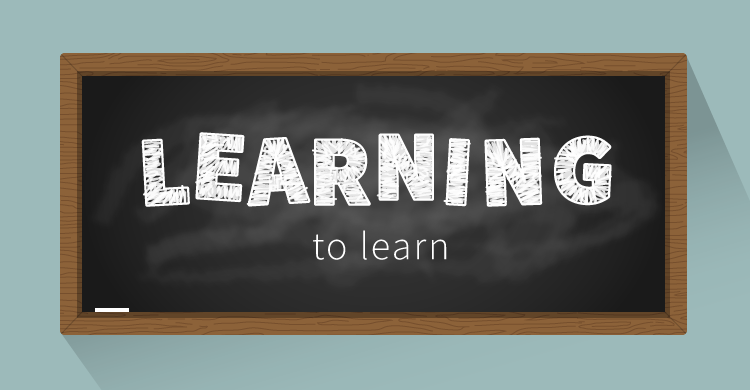
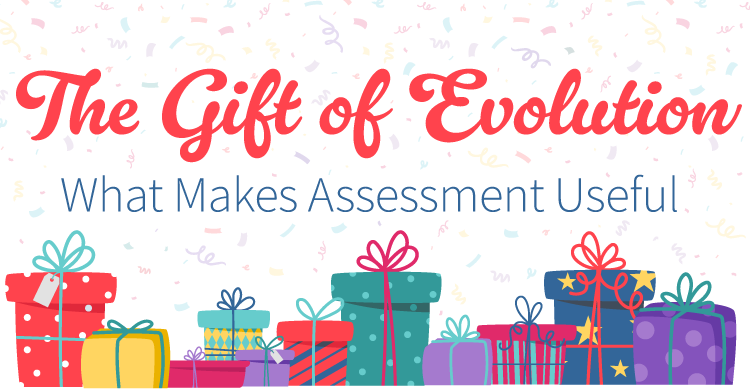
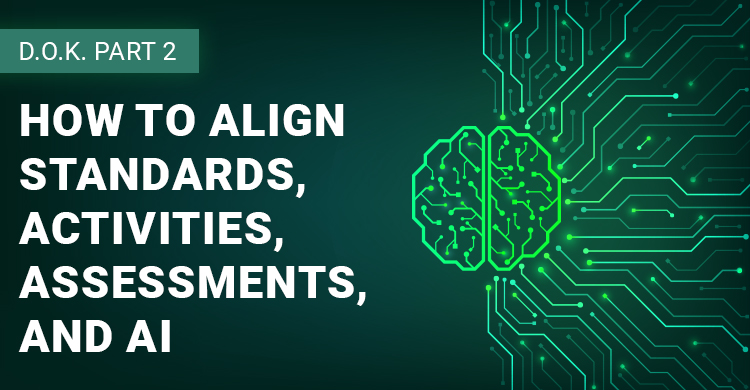
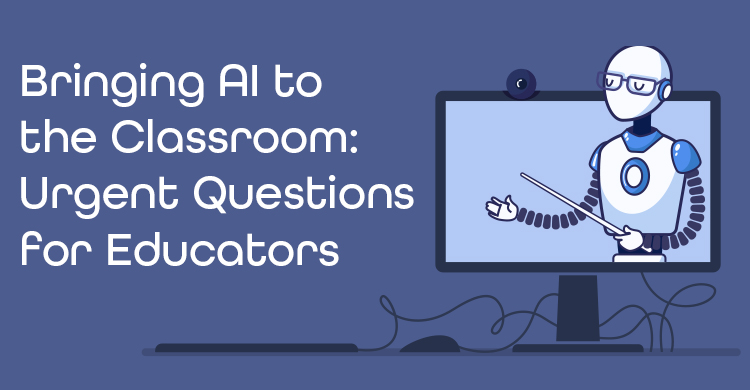
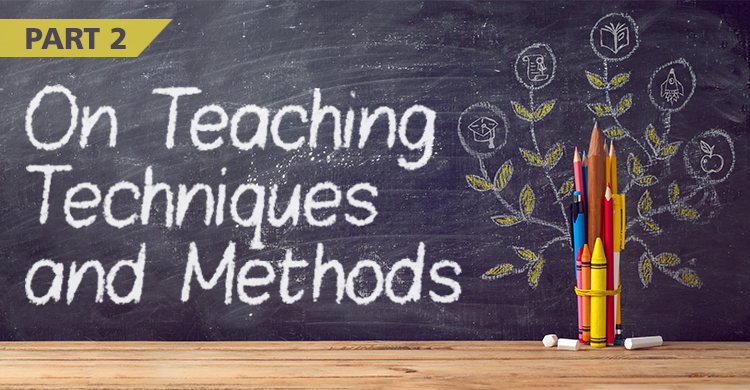
It all needs to start when students are young and they learn through exploration during play… you hit on this important aspect when you noted: ‘Learning is the act of sense-making. It should fully engage our cognitive, metacognitive, social, and emotional beings. It should constantly introduce us to ourselves.’
We can’t forget the whole child, and social emotional part of learning. We need to foster, encourage and provide opportunities for our primary students to play. We find many of our students aren’t coming to school with the experiences of imaginative play and unstructured play where they initiate their own exploration and learning through interaction with others and their own imagination. In our district we are going back to play based learning in prek and K/1 classrooms. Students need to believe they have some control of their learning, that it’s not just about receiving knowledge but creating their own opportunities, owning their learning. They won’t feel that unless they are given these opportunities.
Hey Pal,
Just wanted to stop by and tell you that this piece is really challenging me to rethink my practice. I do a good job giving kids the chance to track their progress towards mastering the content that I expect them to learn, but I do a really crappy job asking them to reflect on the progress that they are making towards learning what THEY want to learn.
That has to change if I want them to be “life-long” learners. They have to realize that learning can be selfish and should exist outside of the bounds of the required curriculum.
Love it.
Bill